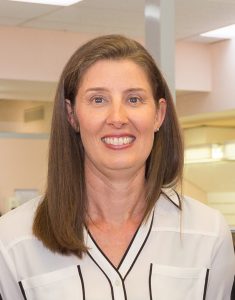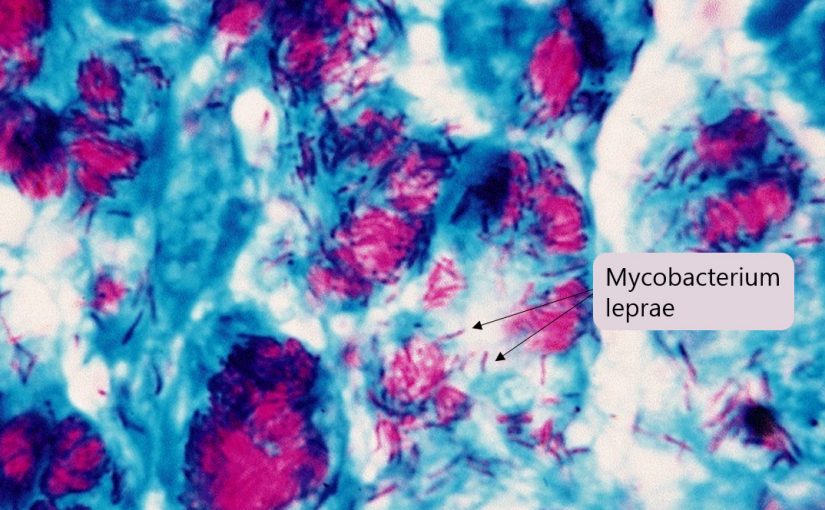Pathologists in Australia receive a range of samples from a broad spectrum of patients, particularly as around 50% of the population had a pathology test in the last 12 months.
 We spoke to Pathology Awareness Australia ambassador, Dr Penny Yarrow (pictured left) to find out about some of her recent, unusual diagnoses.
We spoke to Pathology Awareness Australia ambassador, Dr Penny Yarrow (pictured left) to find out about some of her recent, unusual diagnoses.
“We recently had a case of leprosy which is quite unusual. The patient had been living in Tasmania for about 18 months but was a refugee from the middle east. Although the patient had been seeing a doctor for a little while leprosy wasn’t suspected, the doctor was really kicking themselves when we came back with the diagnosis.”
Leprosy is rare in Australia. It is a chronic bacterial infection caused by Mycobacterium leprae and affects the nervous systems of the body. Contrary to popular belief, leprosy is curable and is not highly contagious, but can be passed on by close and frequent contact with an infected person and may cause nerve damage if not treated.
The most common symptom is skin lesions. The case that Dr Yarrow found was detected in a skin biopsy taken by the patient’s doctor.
Dr Yarrow told us of another unusual case also detected via a skin sample. The patient was also a refugee but was a more recent arrival. The sample was taken from the patient’s lip and the diagnosis was leishmaniasis.
The condition is caused by Leishmania parasites. It can cause painful skin sores and ulcers leaving lifelong scars. If left untreated it can spread to the organs and may be fatal.
Both diagnoses required the skill of an anatomical pathologist examining the samples under a microscope looking for particular features, then applying additional chemical stains to highlight the bacterial and parasitic organisms.
“These cases are a great example of anatomical pathology, microbiology and the patients’ doctors working together. With good communication, a good history and sending the right tissue to the pathology lab to be tested we were able to make those diagnoses. In both cases knowing that the patients were recently arrived refugees was a crucial clue.
This was so important for the patients to get the right treatment and also to prevent any spread of disease.”
Dr Yarrow also recently found an unexpected tumour. She was sent an appendix for examination, which is standard practice when someone has had their appendix removed, and found a carcinoid tumour less than two centimetres in diameter.
“Whenever an appendix is removed it is examined by a pathologist to check for anything of concern, they can contain pinworms and other organisms as well as tumours.
This patient had acute appendicitis but there was no suspicion of a tumour. Tumours in the appendix are not uncommon but he was lucky we caught it early. He probably won’t need further treatment as there were no worrying features to the tumour. Fortunately, the cancer hadn’t spread to the fat around the appendix, if that happens it can spread further and be fatal. It was a lucky escape.”

